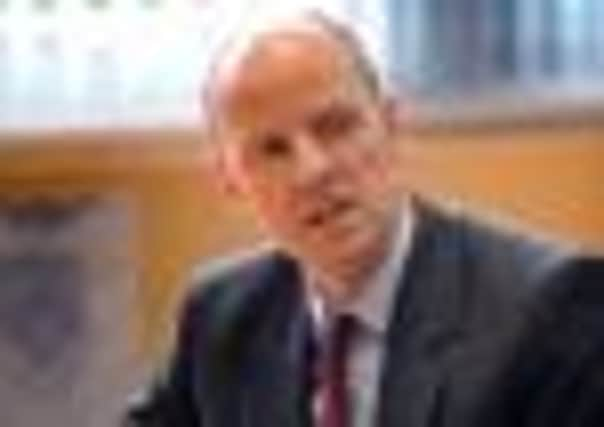Yorkshire bottom of national class for three Rs


Tables produced by the Department for Education (DfE) show the region has the lowest level of children reaching the standards expected of the age group in the core subjects of reading and writing and the joint worst performance in maths.
More than 12,000 pupils were judged not to be at the expected level in writing according to teacher assessments carried out this year. This figure represents more than a fifth of the 57,973 seven-year-olds in Yorkshire.
Advertisement
Hide AdAdvertisement
Hide AdBoys fared worse than girls at reading and writing both in Yorkshire and nationally.
A fifth of Yorkshire boys have not reached the expected level in reading and more than a quarter – 26 per cent – fell short in writing.
The region’s worst performers in the subject area were Hull and North East Lincolnshire where almost a third of seven-year-old boys did not reach the standard of writing expected of the age group.
The DfE has also produced figures showing how many pupils made the expected level of progress between seven and 11 years of age – the two stages of national assessment during primary school.
Advertisement
Hide AdAdvertisement
Hide AdThese show that 9,185 11-year-olds in the region – around 17 per cent – have not kept pace with the level of improvement expected.
The 17 per cent figure is in line with the national average which indicates that Yorkshire pupils are not falling further behind the rest of the country.
However tables traditionally show the region has the lowest level of pupils who leave primary school grasping the basics in English and maths.
Nationally the figures reveal that tens of thousands of seven-year-olds are still struggling to master the three Rs.
Advertisement
Hide AdAdvertisement
Hide AdThe new statistics reveal that after three years of schooling many children can only read easy words like “cat” or “dog” and do the very simplest sums.
Almost 106,000 seven-year-olds failed to reach level two in writing – the standard expected of the age group. Just over 83,000 pupils have a reading age of no better than a five-year-old and more than 58,000 children are falling behind the expected standard in maths. The figures are based on teachers’ assessments of pupils’ achievements at the age of seven.
They show that overall, 85 per cent reached the expected level or higher in reading, 81 per cent achieved it in writing, 90 per cent made level two in maths and 89 per cent reached it in science.
These figures are broadly the same as last year.
Schools Minister Nick Gibb said: “These figures show that many children are doing well. But it is worrying that there are still so many who are behind just three years into their school careers.
Advertisement
Hide AdAdvertisement
Hide Ad“Success in later life is founded on an understanding of the three Rs in the first few years of school. Problems must be identified at a young age and rectified before it is too late.”
There is also a gap between the achievement of the poorest pupils and their richer classmates.
Just two-thirds of pupils on free school meals – a measure of poverty – reached the expected level in writing, compared with 85 per cent of all other pupils.
And while 88 per cent of all other pupils reached the expected standard in reading, the same was true for only 73 per cent of youngsters eligible for free dinners.
Advertisement
Hide AdAdvertisement
Hide AdIn maths, 81 per cent of free school meal pupils reached level two compared with 92 per cent of other children. Mr Gibb said closing the attainment gap between rich and poor was a key objective of the Government.